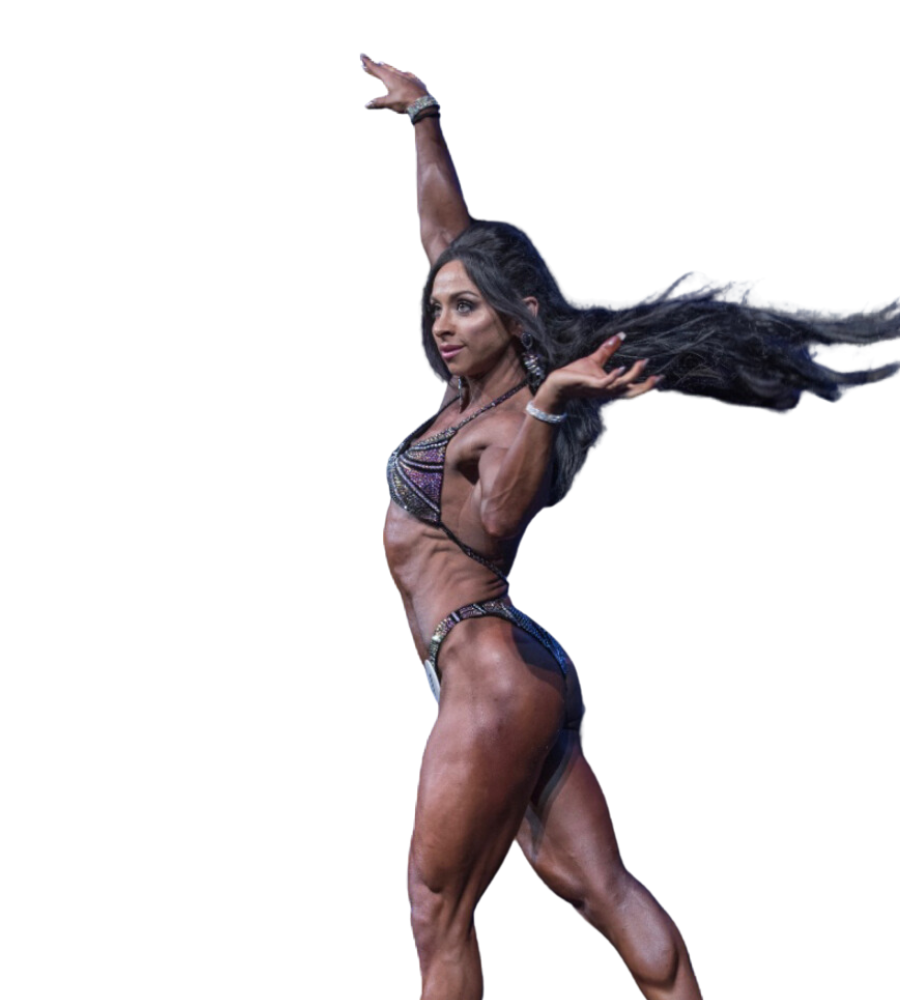
About me
Rosie Harte
BODY - MIND - THERAPY
A Journey from Loss to Healing: Becoming a Therapist
My story begins with a profound loss. At just one year old, my father passed away, leaving a deep, unspoken void in my life and creating an abandonment wound that shaped much of my trajectory. This loss rippled through my family, deeply affecting my mother and brother and creating a complex emotional environment. From a young age, I developed a strong, driven personality—a way to shield myself from the pain of loss while striving to be seen as unique, special, and worthy of love. Beneath it all, I was searching for the connection and love I had missed from my father.
This subconscious drive to fill the void led to a host of coping mechanisms and challenges, including an anxious attachment style. I found myself staying in relationships where I felt undervalued or inauthentic, simply because the idea of being alone was too painful to bear. I often "shape-shifted" in these dynamics, molding myself to fit others' expectations, neglecting my own needs, and losing sight of myself and my boundaries.
In my professional life, I channeled my drive for validation into becoming a professional bodybuilder. Rising to the top of my field, I became the best in the U.K. and competed on the Olympia stage. From the outside, it looked like I had everything: success, strength, and recognition. But inside, I struggled with feelings of emptiness. I was living through unconscious patterns, driven by a need for external validation, while avoiding the deeper pain of grief, loneliness, and the fear of being unseen.
To cope, I turned to unhealthy habits. Drugs became a way to feel heightened states and to escape, and binge eating filled the void in moments of emotional overwhelm. Panic attacks began to surface, a signal from my body that my inner world was crying out for attention. Yet I remained disconnected, unable to fully understand these experiences as the manifestations of unresolved trauma.
Psychodynamic Insights: The Shadow of Unconscious Trauma
From a psychodynamic perspective, the loss of my father created an unconscious blueprint for how I related to myself and others. My anxious attachment style reflected a fear of abandonment that echoed from my earliest experiences, leading me to cling to relationships even when they weren’t serving me. The shape-shifting and lack of boundaries were ways to keep others close, rooted in an unconscious belief that I had to earn love by becoming whatever others needed me to be. My body and staying in shape became my worth.
These patterns of behavior—drug use, binge eating, and overachievement—functioned as defenses against the unbearable feelings of grief, emptiness, and loneliness. My panic attacks were the cracks in this facade, moments when my unconscious trauma demanded to be felt and processed.
My Story
Awakening and Reconnection: A PCT Perspective
In 2016, I began to experience a profound awakening—a reconnection with my organismic self and the authentic core that had been buried beneath years of coping mechanisms. For the first time, I allowed myself to sit with the grief, loss, and fear I had been avoiding. I connected with my inner child, who longed for love, attention, and safety, and began to offer those things to myself.
Through the lens of Person-Centered Therapy (PCT), this marked the moment I started to honor my true self rather than living according to the conditions of worth imposed by my trauma and society. I learned to embrace the fullness of my experiences, expressing my pain, anger, and sadness rather than suppressing them. I had to become vulnerable and let down my “strong” identity.
This healing process led me to dismantle the defenses I had built over the years. I began to establish stronger boundaries, stepping away from relationships that didn’t serve me. I learned to soothe my anxieties rather than relying on external validation or destructive habits. Slowly, I moved away from the need to fill myself up with external distractions, finding fulfillment in the quiet connection to myself.
The Path to Becoming a Therapist
This journey inspired me to help others navigate their own paths to healing. I first trained in NLP, which helped me understand how unconscious programs shape behavior. I explored somatic movement therapy to reconnect with my body and its wisdom, learning how unprocessed trauma is stored physically. Finally, I began formal training as a counselor and integrative therapist, blending modalities to meet clients’ unique needs.
Today, I draw from both psychodynamic, PCT, Gestalt and many theoretical approaches in my work. I help clients uncover the unconscious patterns that drive their behaviors and hold them back while creating a safe, non-judgmental space for them to explore and embrace their authentic selves.
Every step of my journey—from the pain of loss to the joy of healing—has prepared me to guide others. I understand what it means to feel lost, disconnected, and caught in patterns that no longer serve. And I know the transformative power of reconnecting with your true self and finding the love, strength, and fulfillment that come from within.
From Loss to Self-Love: A Journey of Healing, Awakening, and Guiding Others to Wholeness.

WHY AM I THE right GUIDE FOR YOU?
As a therapist, I bring a unique blend of lived experience, professional training, and deep body wisdom to support your healing journey. Having overcome profound loss, abandonment, and the challenges of anxious attachment, I understand the complexities of trauma and its impact on the mind, body, and relationships. My journey through competitive bodybuilding, struggles with boundaries, and emotional coping mechanisms taught me first hand the power of reconnecting with the authentic self. Combining this insight with training in NLP, somatic movement therapy, my health and fitness background and integrative counselling, I offer a compassionate, grounded space to explore, heal, and rediscover your true potential for body, mind and soul health and wellbeing.
YOU’RE IN THE RIGHT PLACE IF YOU ARE OVERWHELMED BUT DETERMINED TO OVERCOME YOUR LIMITATIONS.
What Is Integrative Body-Mind Therapy?
When life feels overwhelming, it’s easy to feel stuck in your head—anxious thoughts racing, emotions swirling, and your body feeling tense or out of balance. If this sounds familiar, you’re not alone, and I’m here to help.
My approach to therapy is different. It’s called Integrative Body-Mind Therapy, and it’s designed to support all of you—your thoughts, emotions, and the sensations in your body. Together, we’ll work to help you feel calmer, more grounded, and more connected to yourself.
I blend different therapy styles to create a personalized experience that meets your needs. Here’s how it works:
It’s all about you.
I believe you already have the strength and wisdom you need to feel better. My role is to create a safe, supportive space where you can explore what’s happening and discover new ways forward.We go deeper to understand the root of the issue.
Sometimes, anxiety or stress comes from patterns or experiences you’re not fully aware of. Drawing on psychodynamic therapy, we’ll gently explore how your past may be influencing your present, helping you untangle old patterns so you can move forward.We focus on the here and now.
Through Gestalt therapy and body awareness, I’ll help you tune into what’s happening in the present moment—your thoughts, feelings, and even the tension in your shoulders or the tightness in your chest. This can unlock insights and relief.
4. Practical tools for immediate relief.
If your thoughts feel overwhelming or you can’t seem to relax, Cognitive Behavioral Therapy (CBT) provides clear, effective strategies to manage worries, reframe unhelpful thoughts, and build confidence.
5. Listening to your body.
Anxiety and stress don’t just live in your head—they show up in your body too. With somatic therapy and techniques based on the polyvagal theory, we’ll work on calming your nervous system and releasing tension. Simple practices like breathwork or grounding exercises can help you feel safe and steady, even in tough moments.
6. Moving towards freedom.
Sometimes, emotions get stuck and need a physical outlet. Using movement therapy, we can explore gentle ways to release emotions, restore energy, and help you reconnect with joy and ease in your body.
You might be wondering, “Will this really work for me?” The answer is, it’s not about fitting into one way of doing things—it’s about finding what works for you. Whether you’re dealing with anxiety, stress, or a sense of feeling stuck, this approach can help you understand yourself better, feel calmer in your daily life, and build tools for lasting change.
If you’re ready to feel more balanced and in control, I’d love to work with you. Together, we’ll create a path to help you feel at peace in your mind, body, and life. from outdated, unconscious conditioning in the body and brain, and achieve mind body freedom through self-awareness, experiential learning, and conscious choice.



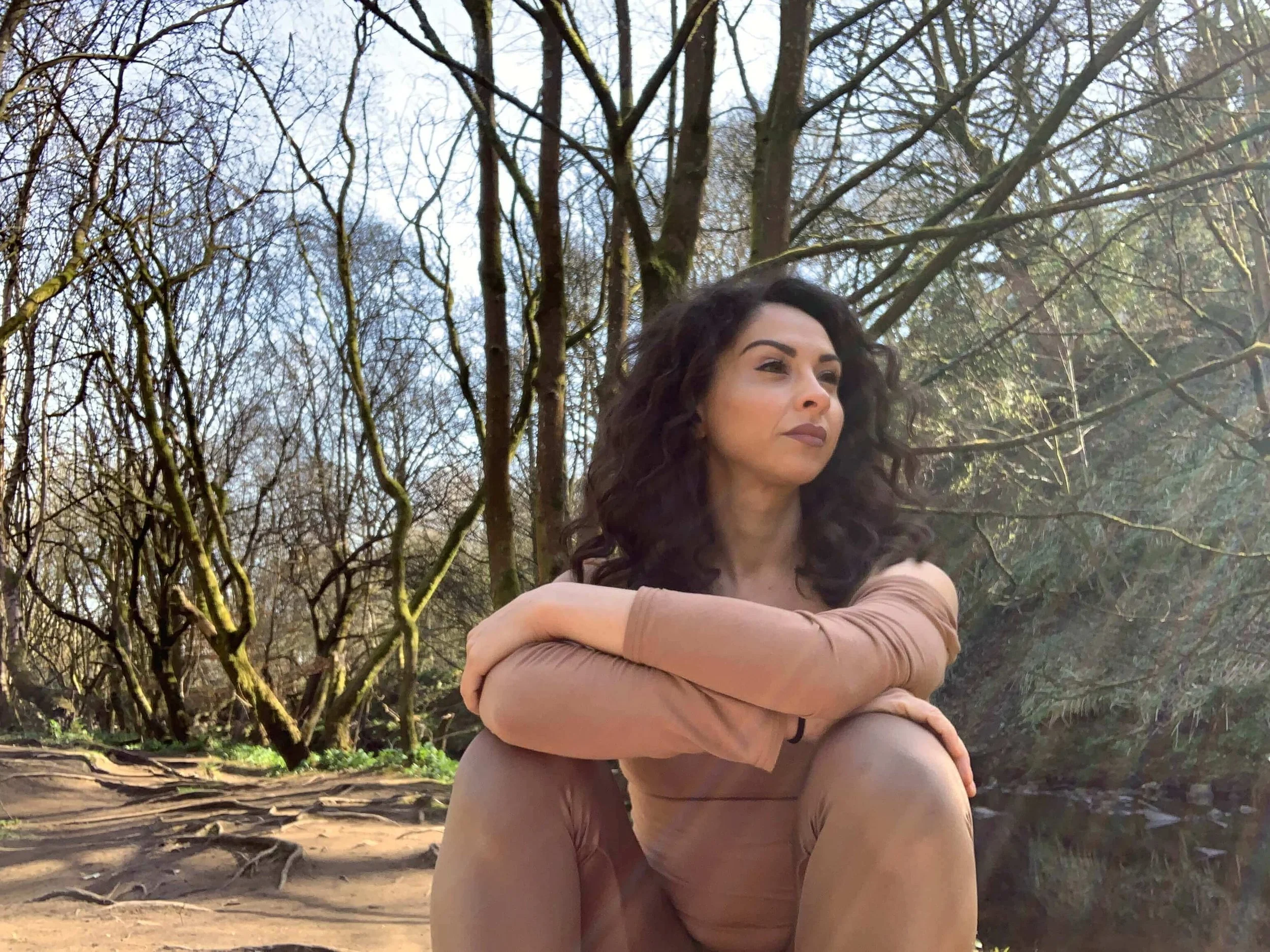
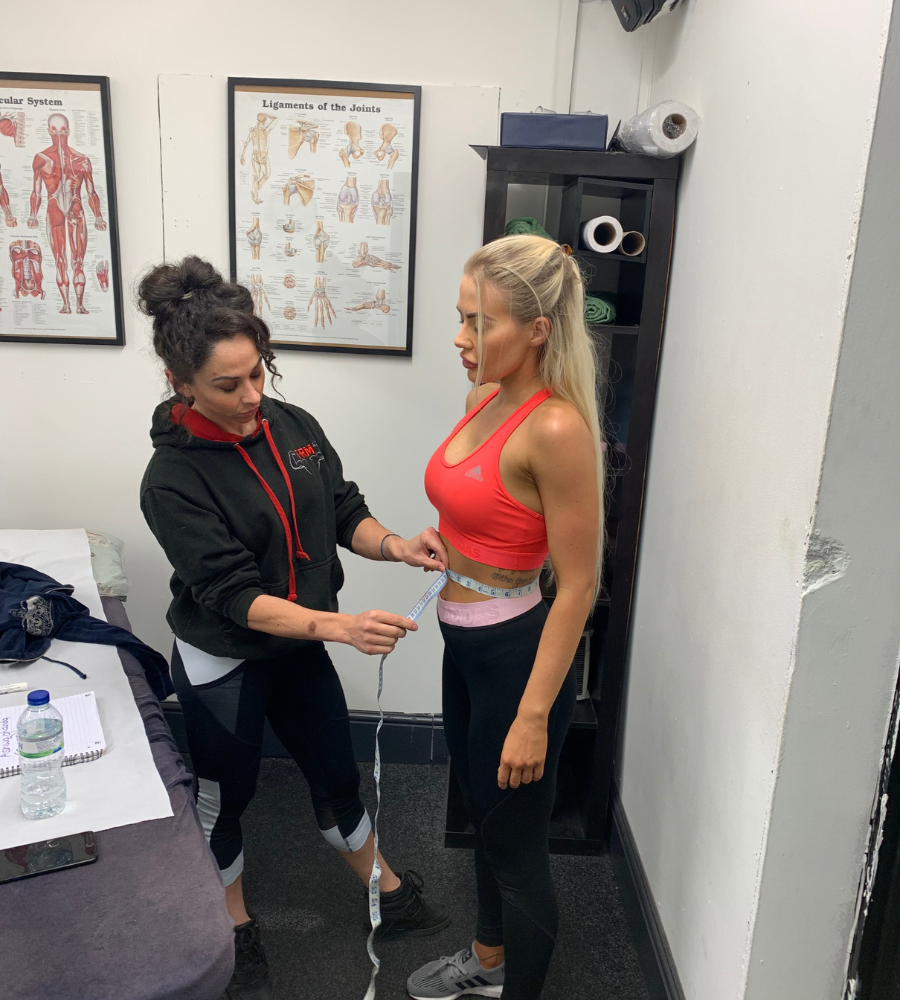
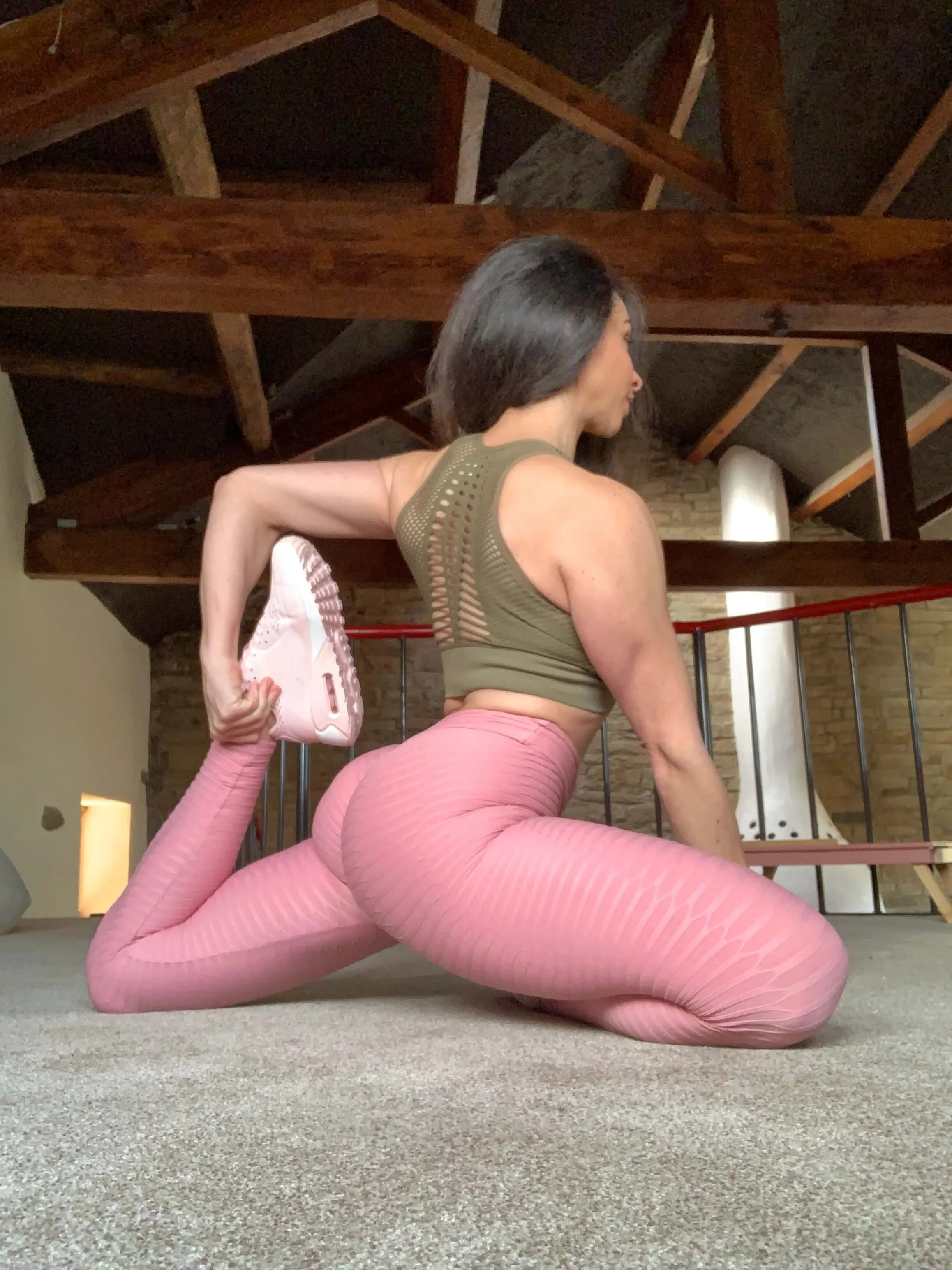



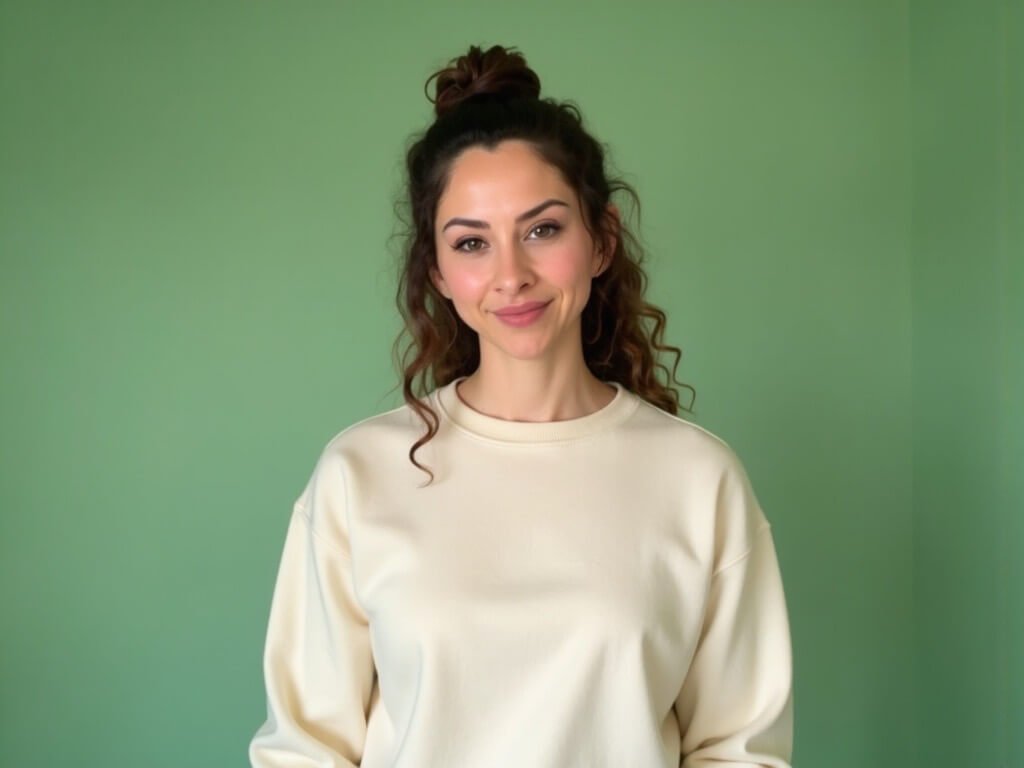
I KNOW WHERE YOU ARE RIGHT NOW
I am dedicated to guiding each person toward greater self-awareness, resilience, and well-being, fostering lasting change and a deeper sense of peace and purpose. Together, we’ll create a path to a life where you feel grounded, connected, and truly yourself.
My mission is to provide compassionate, holistic therapy that empowers individuals to heal and thrive by reconnecting the mind, body, and emotions. Through a blend of evidence-based approaches and intuitive practices, I help clients overcome anxiety, stress, and life’s challenges in a safe and supportive space.
Client Testimonials
HERE ARE SOME LIFE CHANGING SUCCESS STORIES FROM MY CLIENTS:












